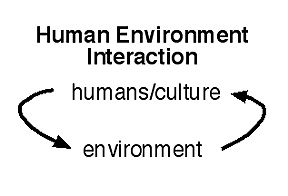 Human Environmental Cycle
Human Environmental Cycle
...to Geog 111 Main Page and Course Description
...to Geog 111 Syllabus
...to Geog 111 Course Schedule and Lecture Outlines
...to Geog 111 Course Project
 Human Environmental Cycle
Human Environmental Cycle
1. Human Environmental Relations: Introduction
Three different ways the relationship between humans and the environment has been understood
1a. Environmental Determinism: environment overpowers and shapes culture
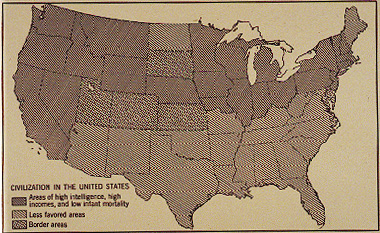
A perspective that was largely the result of colonial and racist beliefs:
But with very old and not so nasty origins:
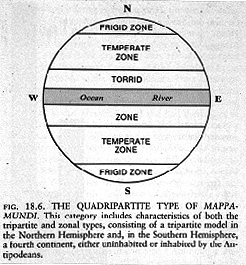
Environmental determinism has been strenuously criticized
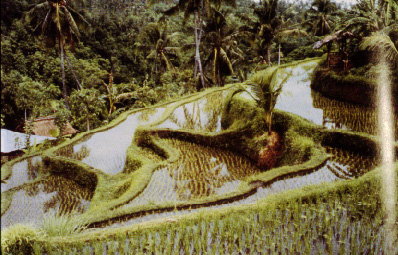
Many examples of major environmental modifications by humans in all cultures
To reiterate: environmental determinism is an inadequate way to understand the relationship between humans and the environment.
1b. Human/Cultural Determinism: culture overpowers and shapes the environment
The 'we are wrecking everything in the environment' perspective

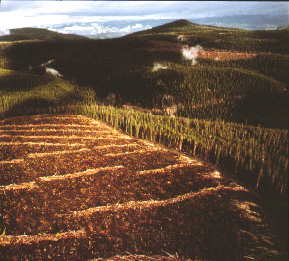
Also criticized

The natural environment does shape our human and cultural activities
To reiterate: human/cultural determinism is an inadequate way to understand the relationship between humans and the environment.
1c. Human Environmental Interaction
 Human Environmental Cycle
Human Environmental CycleImportant role of human agency: cycle of interaction
The relationship between humans and the environment is a complex, two way relationship - we can shape the environment and it can shape us.
1d. Symbolic Relationship between Humans and the Environment
Wilderness: natural vs cultural meanings

2. Human Environmental Relations: Examples
Examples: climate, vegetation, landforms
2a. Climate
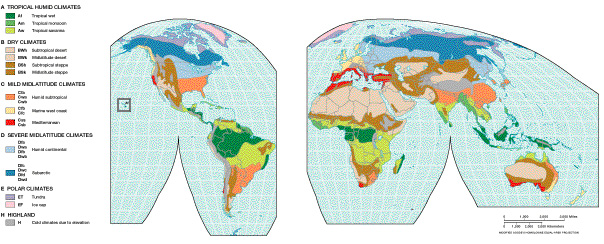
Climate influences humans and cultures
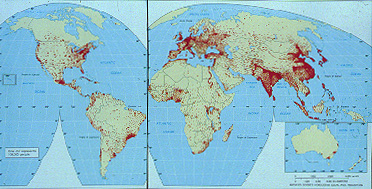
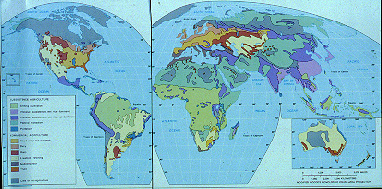
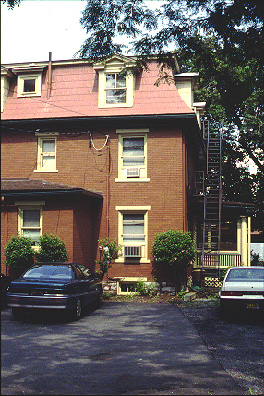

2b. Vegetation
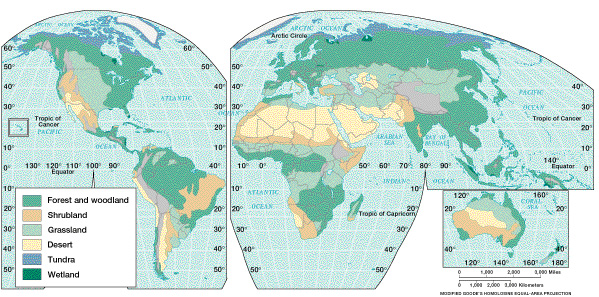
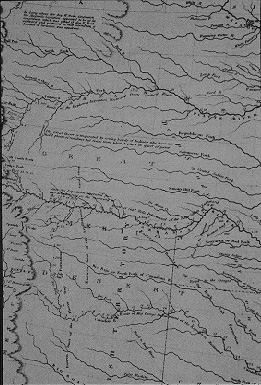
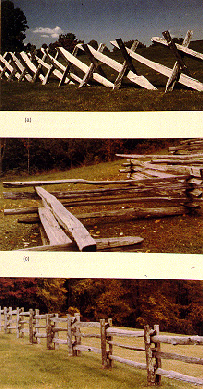
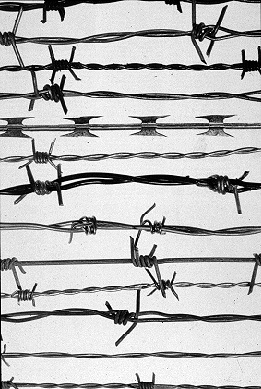
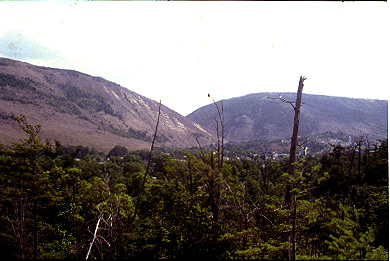
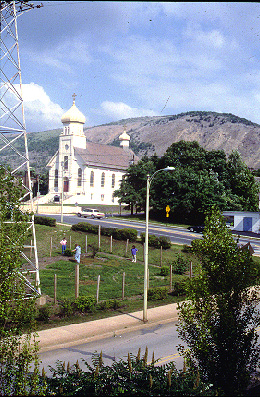

2c. Landforms
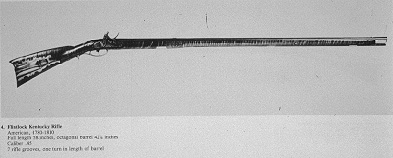


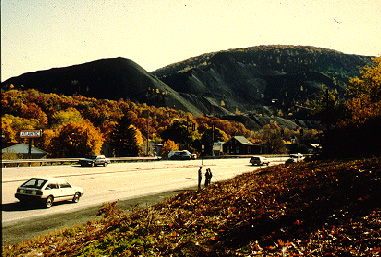
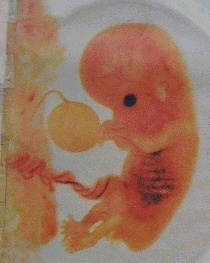
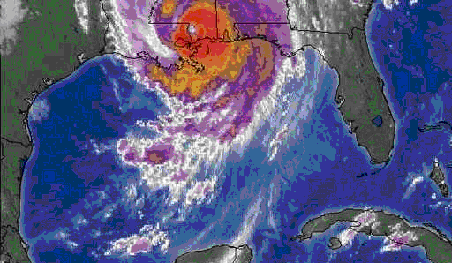
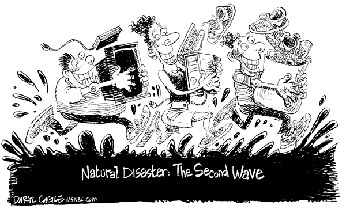
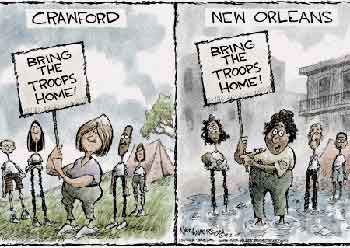

For Next Time...
Handout: Read a short article about Centralia Pennsylvania
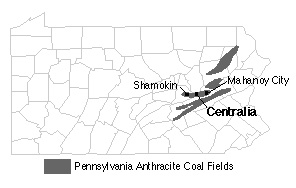
Visit the Centraila WWW sites listed below for additional information, and type up one page:
Centralia and the Anthracite Region online:
2d. Human Environmental Interaction: The Centralia Mine Fire
Mine fire, underground in Centralia Pennsylvania
Watch Video: about 30 minutes
Comments: Centralia Mine Fire
Look at the historical context of human/environmental relations in Centralia.

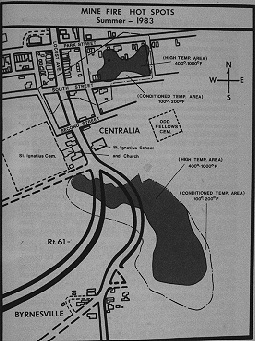
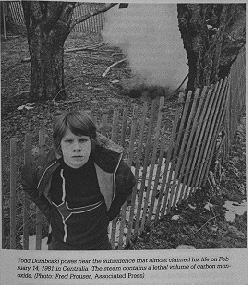
Centralia as a microcosm: development of a complex human and cultural
situation centered around an environmental problem
An update on Centralia
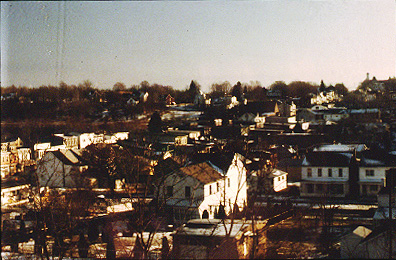
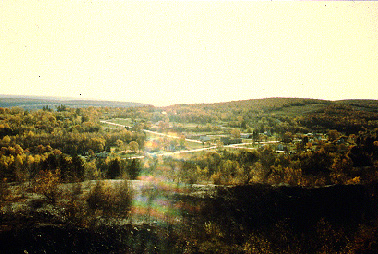
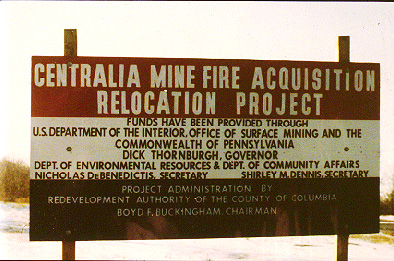

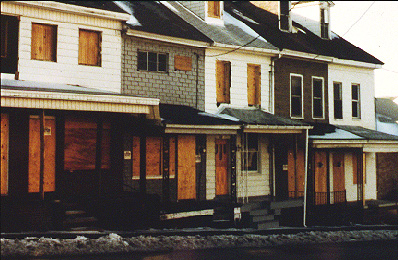
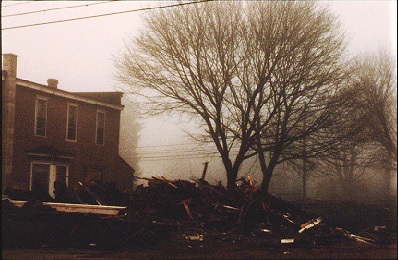
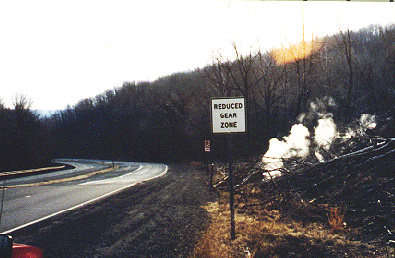
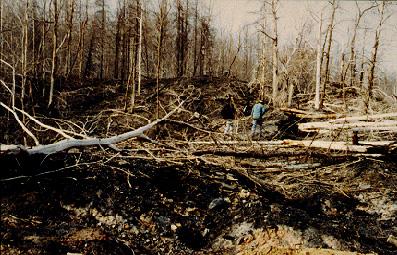

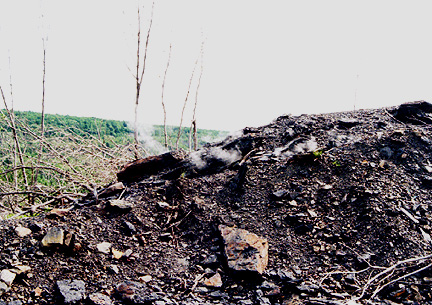

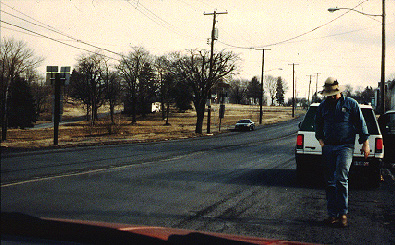
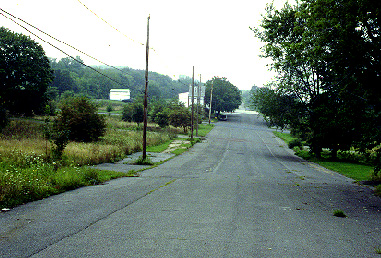
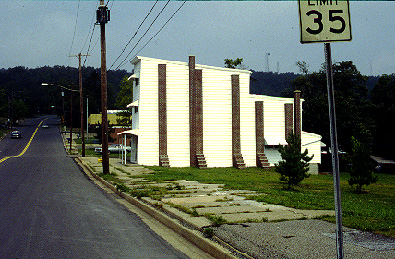

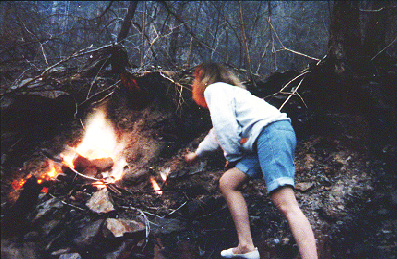
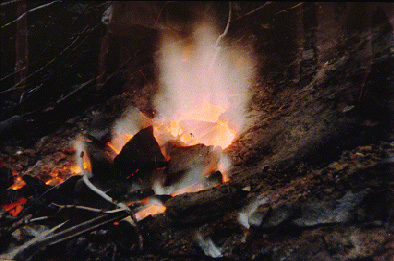
3. Human Perspectives on the Physical Environment
 Human Environmental Cycle
Human Environmental Cycle
Next: undertake a more methodical understanding factors in the human
environment
Human activity in the natural world has increased greatly
There are many different ways of understanding the relationship between the environment and humans: vary over time, through space, and in all cases these are human concepts: they are not natural to the world
Resources: anything in the natural world that is useful to humans; a cultural
appraisal of the natural world, as different cultures (and the same cultures at
different times) assume certain things to be resources and others not
Middleton Table 2.1: Classification of Resources:
Resources in the Natural Environment
Resources in the Human Environment
Middleton: all environmental issues can be seen as the result of a mismatch between extrinsic resources and natural resources; they stem from people deliberately or inadvertently misusing or abusing the natural environment.
4. Human Forces Behind Environmental Issues
Interactions between humans and natural environment results from our attempts to satisfy real and perceived needs and wants
Middleton fig 2.1: Human Forces of Environmental Change
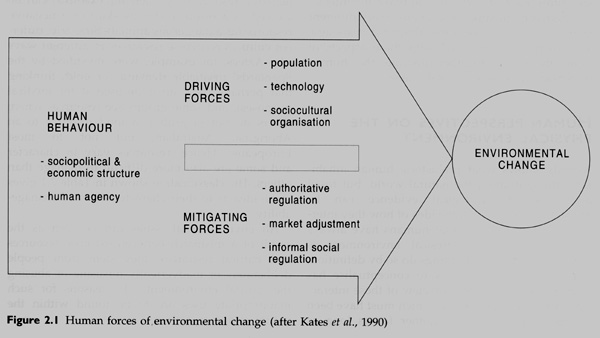
Human behavior leads to
Look at driving forces and mitigating forces with the example of population and
how they lead to environmental change
Population
Historical concerns about population and natural resources
Imbalances in power and wealth may be more significant forces driving negative changes in the environment.
5. Human Induced Imbalances
Imbalances created and maintained by economics, culture, and society
Exploitation and Dependency on the Global Scale
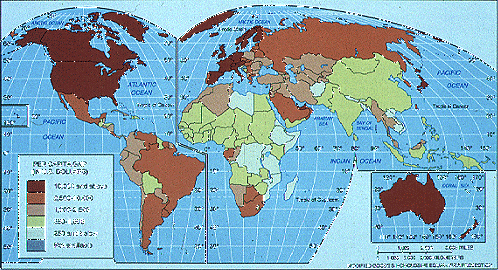
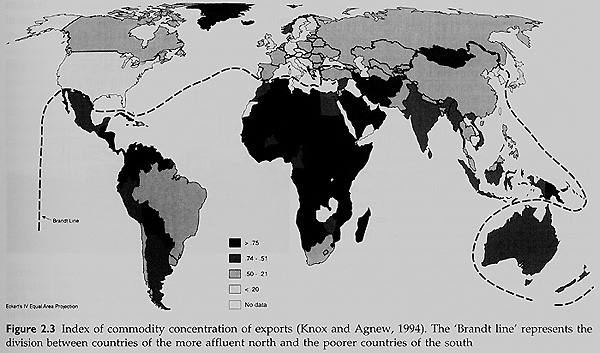
Key idea: that imbalances - economic and political - are important driving forces
behind environmental change
6. Interest in Environmental Issues
Human interest in environmental issues: not recent
Colonial Era: Environmental Interest 1600s thru 1800s
Middleton table 2.4: 20th century Western Environmental Thought
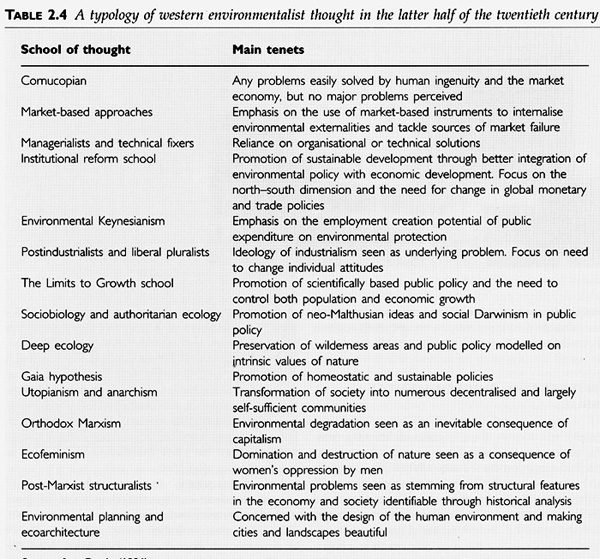
Some extremes...
Pro-science and anti-science approaches
All these swirl together around any given environmental problem
7. Sustainable Development
Sustainable development: an attempt a compromise between economic development, the creation of wealth, and the exploitation of natural resources on one hand, and stewardship and conservation of natural resources and the natural environment on the other
Why has this become a popular idea?
Human impact on the environment has reached a threshold: more people accept that we may be seriously damaging the environment we need to survive
Middleton fig 3.3: how human society interacts with the environment
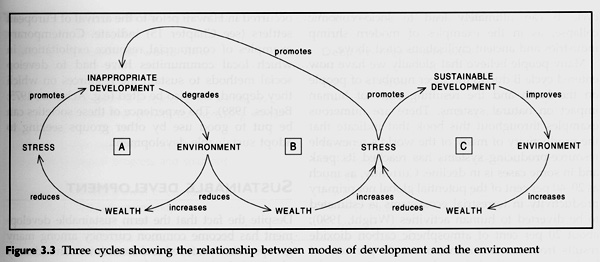
Alas...sustainable development is a complicated and controversial term
7a The Idea of Sustainable Development
Origins in a Report: World Conservation Strategy (1980): All economic development programs should
Developed further by the Brundtland Commission: United Nations, 1983
Sustainable development draws together environmental, social, and economic concerns: basic
guiding principles:
7b. Valuing Environmental Resources
Not everyone agrees with the idea of sustainable development, but it is an influential idea: work on sustainable development
ex) Environmental Economics: the world is based on money and costs and benefits and thus treat the environment in this manner
7c. Growth and Development
Key issue in sustainable development: relative roles of
Bruntland Commission 1987: sustainability achieved with a 5 to 10 fold increase in world economic activity in the next 50 years; to meet population growth
Within the context of sustainable development: growing influence of idea that we can improve human lives and society (development) with very slow or no economic growth by being more efficient and careful with our use of resources
Sum and Conclusions
Introduction to Earth's Physical Environment
What is Geography? and what is this course...
An overview of Earth's physical environment
An overview of the manner in which we Classify the Environment
The idea of Natural Systems
Time and Space and Environmental Change
...then
Introduction to Human Environmental Interactions
Three general views of the relationship between humans and the environment
 Human Environmental Cycle
Human Environmental CycleExamples of human environmental relations
Overview of more key ideas and concepts
Next: Introduction to the Course Project
Then: Maps
E-mail: jbkrygier@owu.edu
...to Geog 111 Main Page and Course Description
...to krygier teaching page.
...to krygier top page.